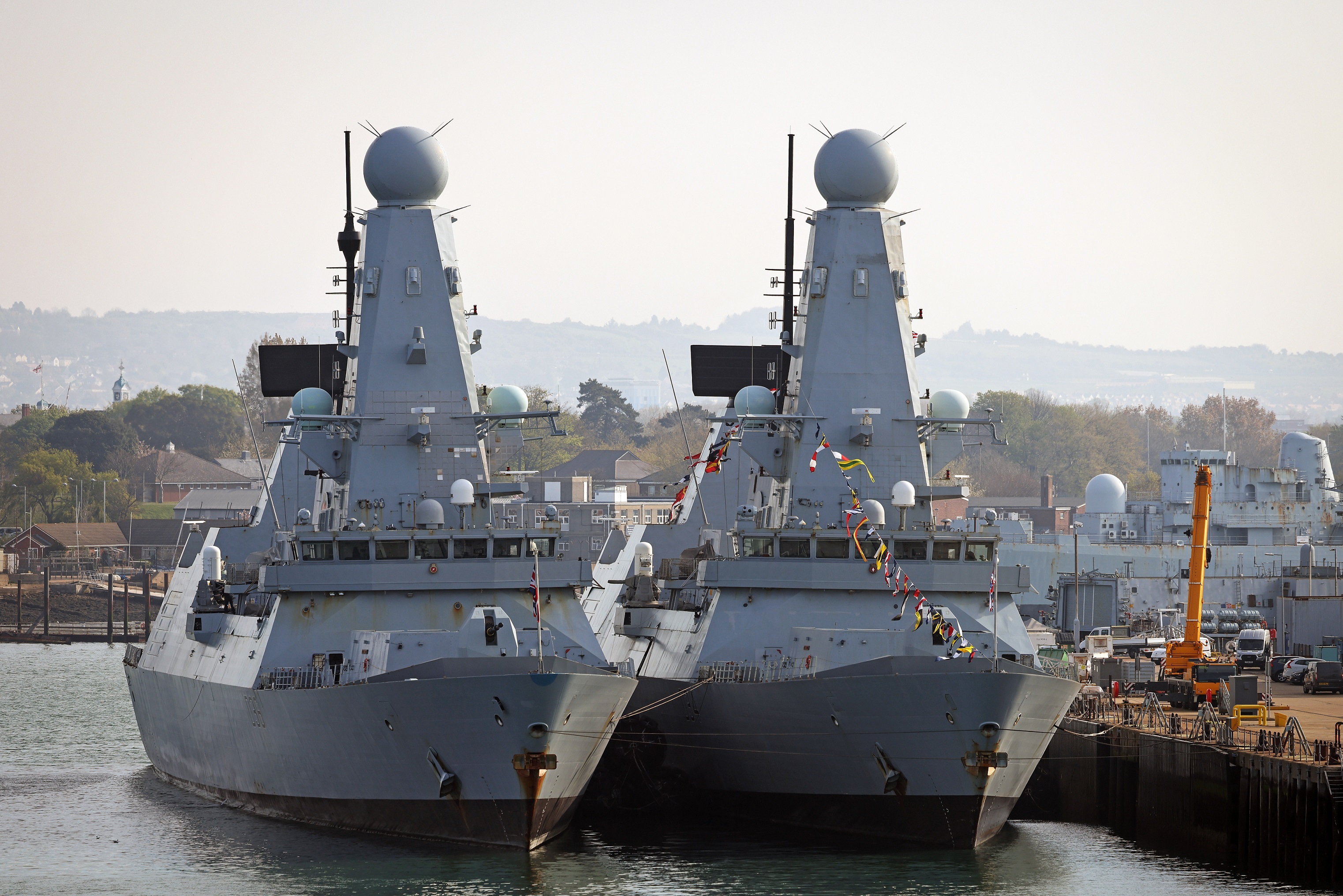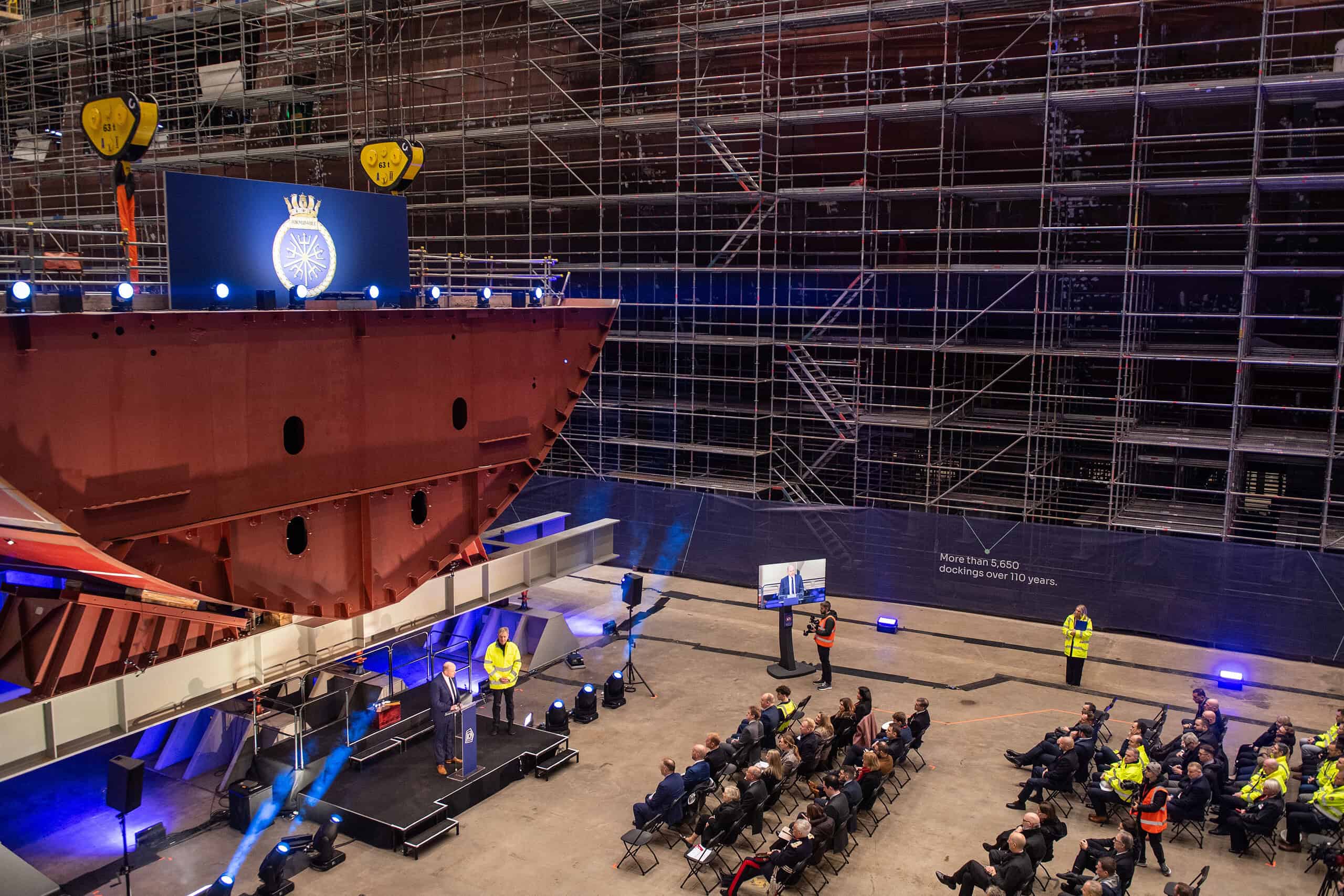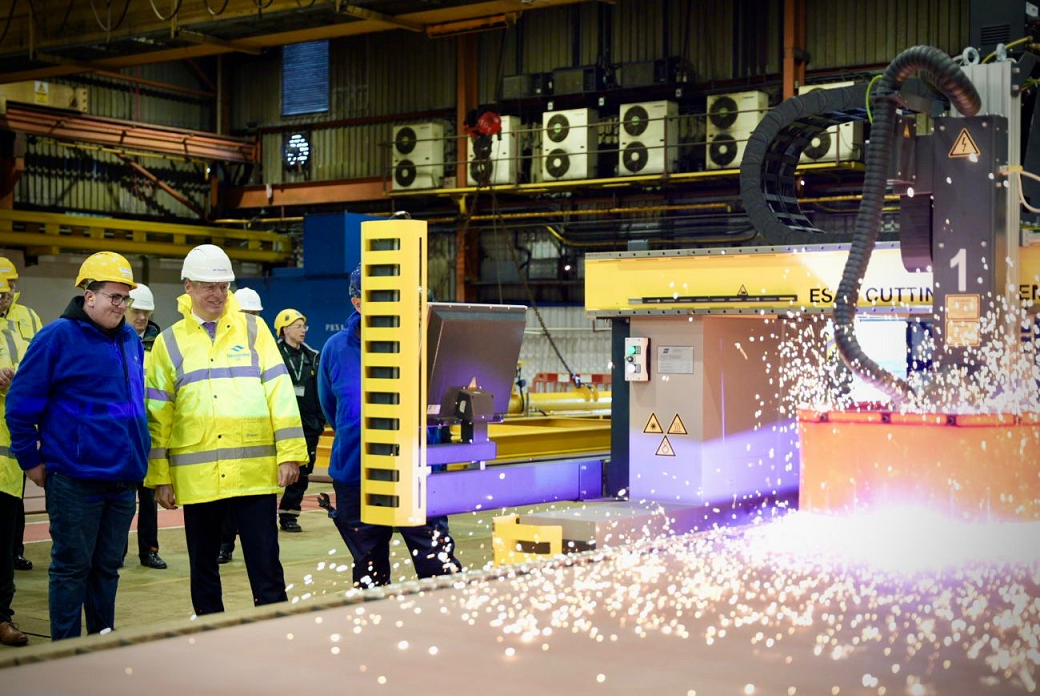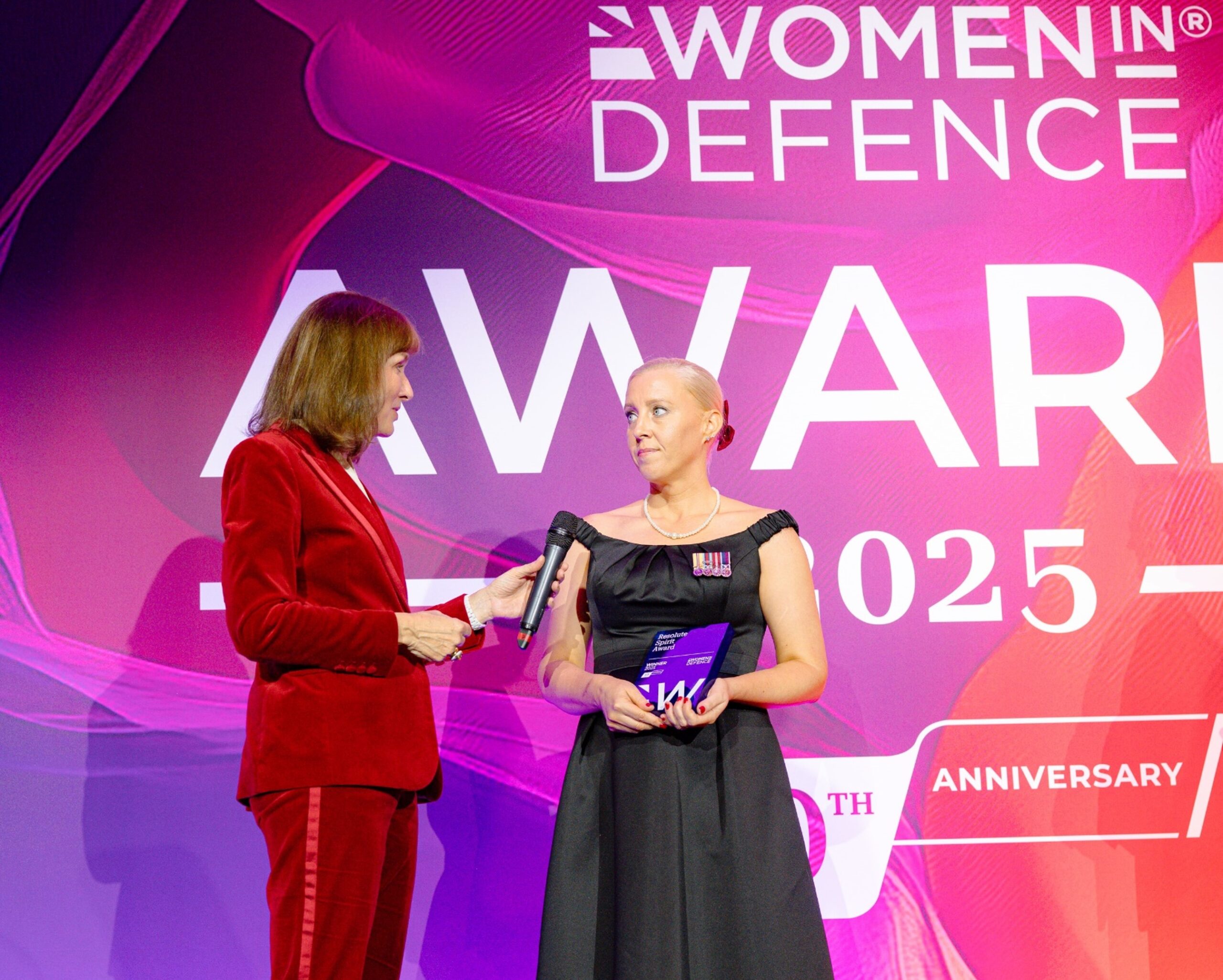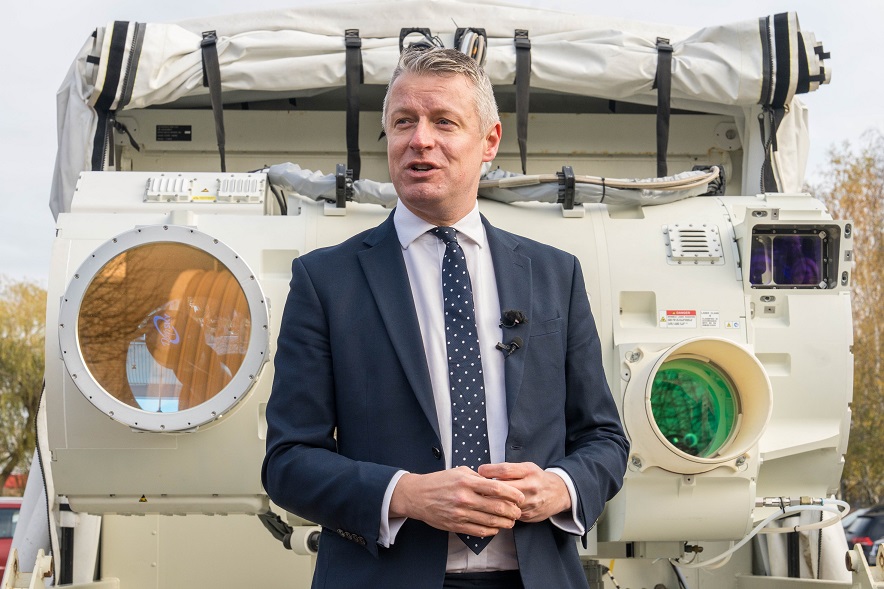Published 18 November 2024
Share this story
A joint MOD and industry team conducted the first in a series of trials of the MBDA-designed SPEAR air-to-surface cruise missile from a BAE Systems-operated Typhoon test and evaluation jet at Vidsel range in Sweden.
This guided firing marks a critical milestone in the development and maturity of the SPEAR programme, which is managed by DE&S.
Once in service on the F-35B fighter jet, SPEAR will provide a potent strike capability, enabling the Royal Navy and Royal Air Force to project power at increased range from both land bases and when deployed from Queen Elizabeth-class aircraft carriers as part of the Carrier Strike Group.
Dean Pask, the MOD’s Senior Responsible Owner for SPEAR, said: “This guided firing represents a major step in the capability development of the SPEAR programme, and is the first in a campaign of firings to demonstrate the missile’s capabilities. The success of this test is a testament to the hard work and collaborative efforts of our industry partners at MBDA and BAE Systems, as well as MOD personnel across multiple teams.”
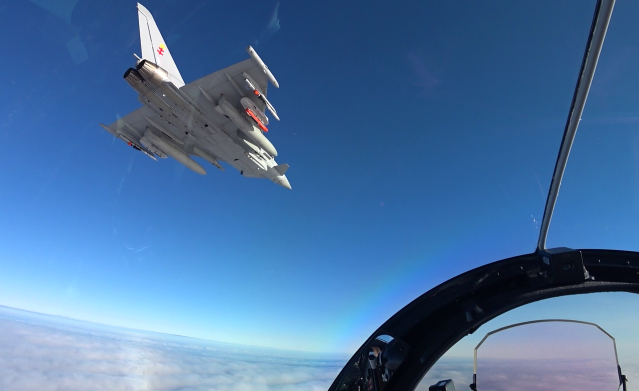
Each F-35B aircraft will be able to carry up to eight SPEARs, providing the next generation of stand-off air-to-surface missiles for Suppression of Enemy Air Defences missions in challenging and complex operating environments. The turbojet-powered miniature cruise missiles have a range of over 100km, and can find their targets using a combination of laser, radar or GPS-aided guidance.
The trial, which did not carry a live warhead, demonstrated the release, gather and long-range free-flight control of the missile following a high-altitude and high-speed release from the Typhoon aircraft. It also demonstrated the missile’s ability to autonomously navigate to its target via predefined waypoints, using its advanced all-weather radar seeker to map the target area, and then use seeker radiofrequency imagery to successfully engage with it.
Matthew Brown, SPEAR Team Leader at DE&S, said: “This trial was a key step on the way to delivering SPEAR to the UK front-line, where it will provide a new capability to defeat the most complex air defence systems, enabling pilots to fly and fight wherever they’re needed in defence of the UK and its allies.”
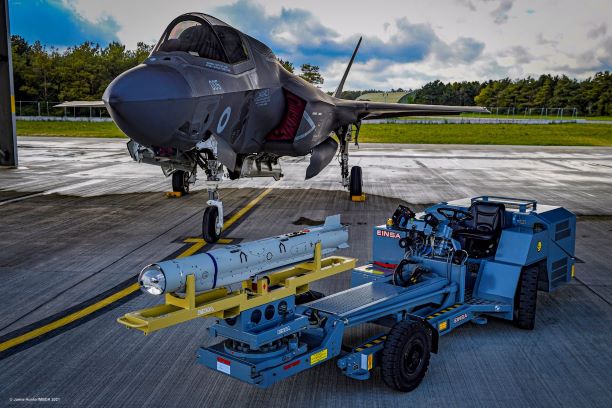
Developed in the UK by MBDA, work on the SPEAR missile system supports several hundred jobs among MBDA’s 5,500-strong UK workforce. The first guided firing follows an extensive series of ground and flight trials, including captive flights by Typhoons.
Mike Mew, Tactical Strike Director of MBDA, said: “SPEAR is a truly unique weapon system – the first to offer the range, flexibility, precision and load-out to defeat modern enemy air defences. The success of this trial is thanks to excellent joint working from teams across MOD, BAE Systems and MBDA.”
Earlier this summer, DE&S and MBDA signed the 10-year Portfolio Management Agreement 2, which represents the renewal of a long-term strategic relationship through which complex weapon systems design, development, production and support will be conducted. It supports £6.5 billion of planned investment in the UK weapons industry by the MOD over the next decade and also covers Brimstone, CAMM, Sea Viper, Sea Venom and Storm Shadow.

